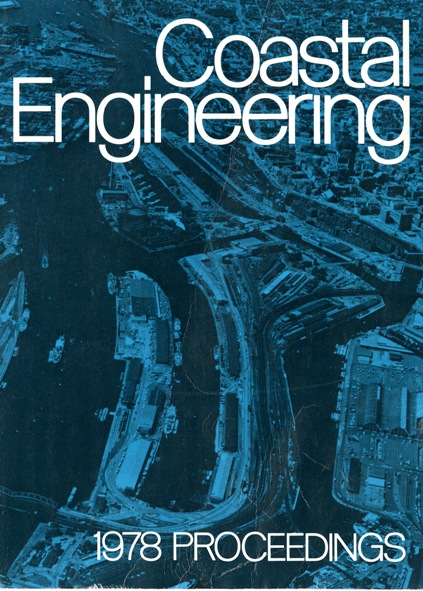Abstract
A barrier island is an easily recognized geographical land feature along the south-east Atlantic and Gulf of Mexico coasts of the United States. It is characterized by a large ratio of length to width. It has a bay on one side and an ocean on the other. The inlets, on the ends, connect the bay to the ocean. The sand movement along the bayshore side is subjected to steeper and shorter waves which respond to local wind conditions. The physical boundary constraint of a bay is also different from open coast shorelines. Virtually no information exists with regard to the littoral drift rate on a bay shoreline. This paper tries to answer the question of whether or not the drift on the bay shoreline is different from that of the open coast since it is under different wave climates and physical constraints.
Authors retain copyright and grant the Proceedings right of first publication with the work simultaneously licensed under a Creative Commons Attribution License that allows others to share the work with an acknowledgement of the work's authorship and initial publication in this Proceedings.

